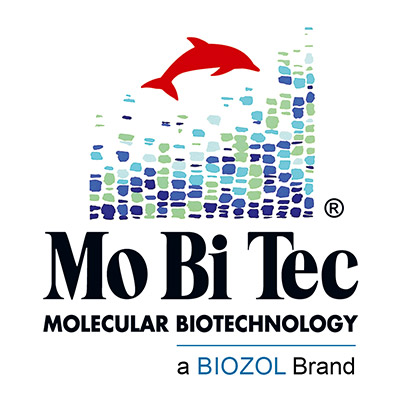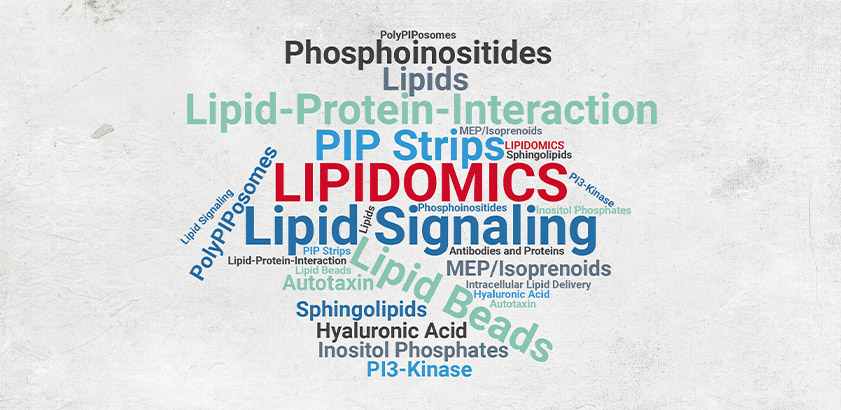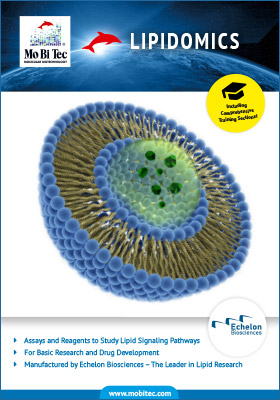No results were found for the filter!

ATX100 (Echelon Product Code: N-1100 5MG)
Order #: ECH-N-1100-5MG

ATX100 (Echelon Product Code: N-1100 25MG)
Order #: ECH-N-1100-25MG

93-O17O (Echelon Product Code: N-1170 5MG)
Order #: ECH-N-1170-5MG

93-O17O (Echelon Product Code: N-1170 10MG)
Order #: ECH-N-1170-10MG

93-O17O (Echelon Product Code: N-1170 25MG)
Order #: ECH-N-1170-25MG

Lipid 10 (Echelon Product Code: N-1110 5MG)
Order #: ECH-N-1110-5MG

Lipid 10 (Echelon Product Code: N-1110 10MG)
Order #: ECH-N-1110-10MG

Lipid 10 (Echelon Product Code: N-1110 25MG)
Order #: ECH-N-1110-25MG

LNP Trailblazer Kit - Pre-mixed (Echelon Product Code: K-6302a)
Order #: ECH-K-6302A

LNP Trailblazer Kit - Pre-mixed (Echelon Product Code: K-6302b)
Order #: ECH-K-6302B

LNP Trailblazer Kit - Pre-mixed (Echelon Product Code: K-6302c)
Order #: ECH-K-6302C

LNP Trailblazer Kit - Pre-mixed (Echelon Product Code: K-6302d)
Order #: ECH-K-6302D
Viewed
*All prices in € excl. VAT and shipping



